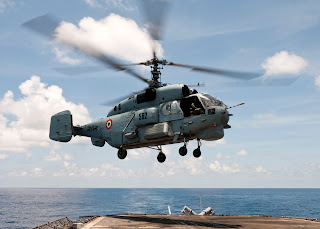China wants to establish posts in Indian Ocean Region(IOR) preferably in countries like Sri Lanka and Seychelles due to the growing influence of India in the region, said Dr. Lora Saalman, an American expert on arms control.
Dr. Saalman is an associate at the Nuclear Policy Program of the Carnegie Endowment at the Carnegie-Tsinghua Center for Global Policy, Beijing. Her research focuses on Chinese arms control policies, and Sino-Indian and Sino-Russian strategic relations. In an interaction with media persons in Hyderabad,India, she said some of the experts in China felt India was either on par with China or even surpassed it on naval power. Referring to strengthening of Indian Navy in recent years, she said the Chinese felt India might use its policy to control the Indian Ocean. “It is the first and foremost on their mind.”
Observing that this posts could be used by the Chinese as refuelling points , Dr. Saalman however added that not all engagement was negative as military could also be used to shore up economic interests in the region. Dr. Saalman said China was also increasingly focusing on India and looking at where India was heading in the wake of the latter’s defence modernisation programme.
Dr. Saalman is an associate at the Nuclear Policy Program of the Carnegie Endowment at the Carnegie-Tsinghua Center for Global Policy, Beijing. Her research focuses on Chinese arms control policies, and Sino-Indian and Sino-Russian strategic relations. In an interaction with media persons in Hyderabad,India, she said some of the experts in China felt India was either on par with China or even surpassed it on naval power. Referring to strengthening of Indian Navy in recent years, she said the Chinese felt India might use its policy to control the Indian Ocean. “It is the first and foremost on their mind.”
Observing that this posts could be used by the Chinese as refuelling points , Dr. Saalman however added that not all engagement was negative as military could also be used to shore up economic interests in the region. Dr. Saalman said China was also increasingly focusing on India and looking at where India was heading in the wake of the latter’s defence modernisation programme.

_2.jpg)












